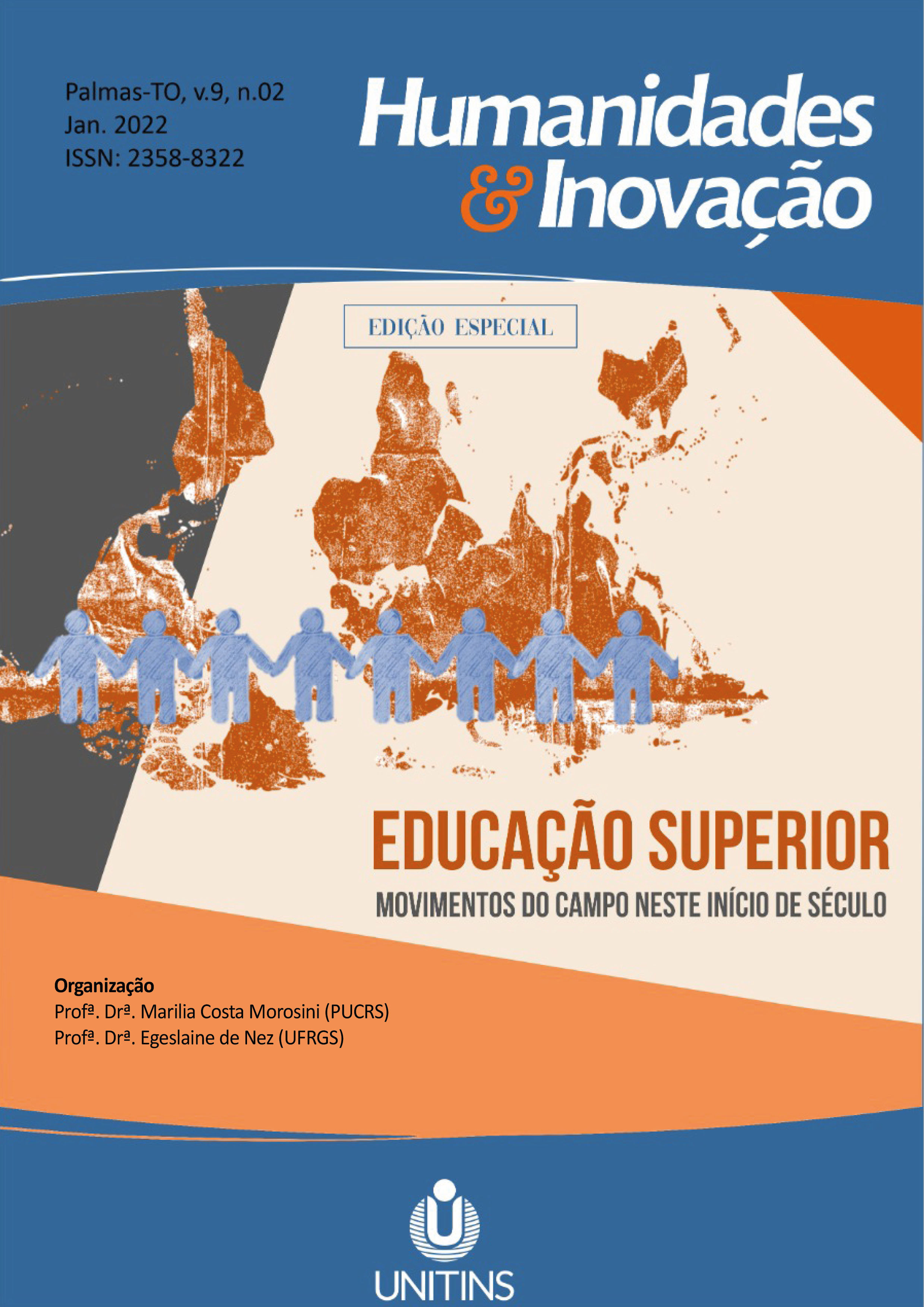BIAS, THE PANDEMIC, AND POLITICAL DIVISIONS: WILL THE GENDER GAP CONTINUE TO INCREASE FOR U.S. WOMEN?
Résumé
Decades of research has found that pandemics disproportionately affect women than people from different gender backgrounds, and the COVID-19 pandemic has proven no different. However, gender inequity in United States contexts has proven an outlier across international contexts, as the nation considering itself the freest in the world still lags countless countries in many categories related to gender equity and women’s rights. Our work explains this unique U.S. context and how social conditions, politics, education, and the economy have and will continue to pose unique challenges for women’s rights in the United States long after the COVID-19 pandemic retreats, if it ever does. Then, we discuss the progress women have lost due to the pandemic, calling for a critical discussion as to how women—and specifically women of Color—can regain these losses and continue to fight for their basic human rights.
Références
BARRERO, J.M., BLOOM, N., & DAVIS, S.J. COVID-19 is also a Reallocation Shock. Becker Friedman Institute Working Paper No. 2020-59. https://bfi.uchicago.edu/wp-content/uploads/BFI_WP_202059.pdf. 2020.
BELL, D. A. Who’s afraid of critical race theory? University of Illinois Law Review, 1995(4), 893-910, 1995.
BALL, M. Moderates: Who are they, and what do they want? The Atlantic. https://www.theatlantic.com/politics/archive/2014/05/moderates-who-are-they-and-what-do-they-want/370904/
. 2014.
CAPPER, C. A. The 20th-year anniversary of critical race theory in education. Educational Administration Quarterly, 51(5), 791-833. 2015.
CHRISTENSEN, C.M., & EYRING, H.J. (2011), The Innovative University: Changing the DNA of Higher Education, San Francisco: Jossey-Bass.
JOHNSON HESS, A. Harvard Business School professor: Half of American colleges will be bankrupt in 10 to 15 years. https://www.hbs.edu/news/Pages/item.aspx?num=5451. 2018.
COGGAN, P. Bartleby: Foot in mouth disease. The Economist, 60, 2021.
COLLINS, C., LANDIVAR, L.C, RUPPANNER, L., & SCARBOROUGH, W.J. COVID-19 and the gender gap in work hours. Gender, Work, and Organizations, 28(S1), 101–112. https://doi.org/10.1111/gwao.12506, 2021.
COLAROSSI, N. School board passes code to punish teachers over Critical Race Theory. https://www.newsweek.com/school-board-passes-code-punish-teachers-over-critical-race-theory-after-funding-threat-1635021. 2021.
CRENSHAW, K., GOTANDA, N., PELLER, G., & THOMAS, K. (Eds.). Critical race theory: The essential writings that formed the movement. New York, NY: New Press, 1995.
DAWADI, S., MEEHAN, E., BOYLE, J., ENTICOTT, J., & LIM, S. Journal of Epidemiology, 50 (supplement 1), p. i55-56. Abstract 1540. 2021.
DEFRANCESCO Soto, V. America’s recovery from the 2020 “Shecession.” LBJ School, University of Texas at Austin. 2020,
ENGLAND, P., LEVINE, A., & MISHEL, E. Gender equity in the United States has Stalled. https://www.pnas.org/content/pnas/117/13/6990.full.pdf. 2018.
HEINTZ, J., STAAB, S., & TURQUET, L. Don't Let Another Crisis Go to Waste: The COVID-19 Pandemic and the Imperative for a Paradigm shift. Feminist Economics, 27:1-2, 470-485, DOI: 10.1080/13545701.2020.1867762, 2021.
HJÁLMSDÓTTIR, A., & BJARNADÓTTIR, V.S. I have turned into a foreman here at home: Families and work-life balance in times of COVID‐19 in a gender equality paradise. Gender, Work and Organizations, 28:268–283. https://doi.org/10.1111/gwao.12552. 2021
KRUSE, K.M. Texas ban of critical race theory proves GOP still doesn’t understand MLK. https://www.msnbc.com/opinion/texas-ban-critical-race-theory-schools-proves-gop-still-doesn-n1271101. 2021.
MATSUDA, M. J., LAWRENCE, C. R., DELGADO, R., & CRENSHAW, K. (Eds.). Words that wound: Critical race theory, assaultive speech, and the First Amendment. Boulder, CO: Westview. 1993.
MENDEZ, K.F. & BROOKS, S.L. The future of work: Happenings on the Hill. Seyfarth Employment Law Outlook. Retrieved from
https://www.laborandemploymentlawcounsel.com/2020/01/the-future-of-work-an-update-on-happenings-on-the-hill/ 2020.
NEW DEMOCRAT COALITION. A future that works. https://newdemocratcoalition.house.gov/imo/media/doc/NDC%20A%20Future%20that%20Works%20IntroductionandOverview_final_web.pdf. 2020.
RABIN, R.C. Texas abortion law complicates care for risky pregnancies. https://www.nytimes.com/2021/11/26/health/texas-abortion-law-risky-pregnancy.html, 2021.
RYDER, G. Correctly valuing the work of the future. Journal of International Affairs, 72(1), 23-35. 2019.
REPRESENT WOMEN. U.S. Overview. Retrieved from https://www.representwomen.org/current-women-representation#us_overview, 2021.
SCHWAB, K. The Fourth Industrial Revolution: What it Means and How to Respond. World Economic Forum. Retrieved from https://www.weforum.org/agenda/2016/01/the-fourth-industrial-revolution-what-it-means-and-how-to-respond/, 2015.
SCHWAB, K. The Fourth Industrial Revolution. Currency Illustrated Edition. 2017.
SHAW, S. The future of work: An update on the happenings on the hill. Employment Law Outlook. Retrieved from https://www.laborandemploymentlawcounsel.com/2020/01/the-future-of-work-an-update-on-happenings-on-the-hill/, 2020.
SMITH, A. Gig Work, Online Selling and Home Sharing. Pew Research Centers, 2016.
STEFANO, S., MEXXADRI, L., LOMBARDOZZI, L., & BARGAWI, H. Hidden abodes in plain sight: The social reproduction of households and labor in the Covid Pandemic. Feminist Economics, 27(1–22, 271–287. https://doi.org/10.1080/13545701.2020.1854478. 2021.
THÉBAUD, S., KORNRICH, S., & RUPPANNER, L. Great housekeeping, great expectations: Gender and housework norms. Sociological Methods & Research, 1–29. https://doi.org/10.1177/0049124119852395, 2019.
UNESCO. Goals to achieve by the year 2030. Retrieved from https://en.unesco.org/creativity/sites/creativity/files/247785en.pdf, 2017.
VALLAS, S., & SCHOR, J.B. What Do Platforms Do? Understanding the Gig Economy. Annual Review of Sociology. 46(1). Doi: https://www.annualreviews.org/doi/abs/10.1146/annurev-soc-121919-054857, 2020.
WILL, M. Still primarily white and female: New federal data on the teaching profession. https://www.edweek.org/leadership/still-mostly-white-and-female-new-federal-data-on-the-teaching-profession/2020/04, 2020.
WOODCOCK, J., & GRAHAM, M. The gig economy: A critical introduction. Polity Press. 2020.
YILDIRIM, T.M., & ESLEN-ZIYA, H. The differential impact of COVID-19 on the work conditions of women and men academics during the lockdown. Gender, Work, and Organization. S1, 691– 697. https://doi.org/10.1111/gwao.12529,0 2021.
A submissão de originais para este periódico implica na transferência, pelos autores, dos direitos de publicação impressa e digital. Os direitos autorais para os artigos publicados são do autor, com direitos do periódico sobre a primeira publicação. Os autores somente poderão utilizar os mesmos resultados em outras publicações indicando claramente este periódico como o meio da publicação original. Em virtude de sermos um periódico de acesso aberto, permite-se o uso gratuito dos artigos em aplicações educacionais, científicas, não comerciais, desde que citada a fonte (por favor, veja a Licença Creative Commons no rodapé desta página).











